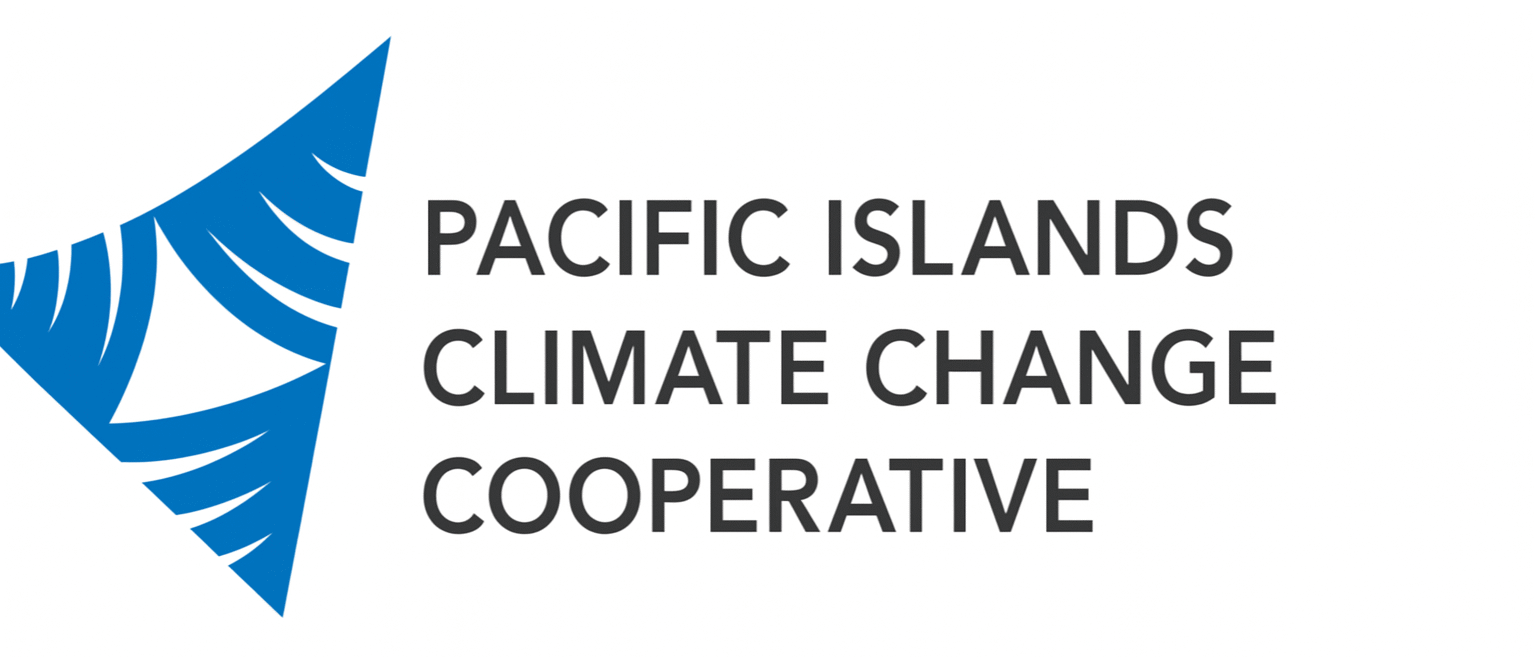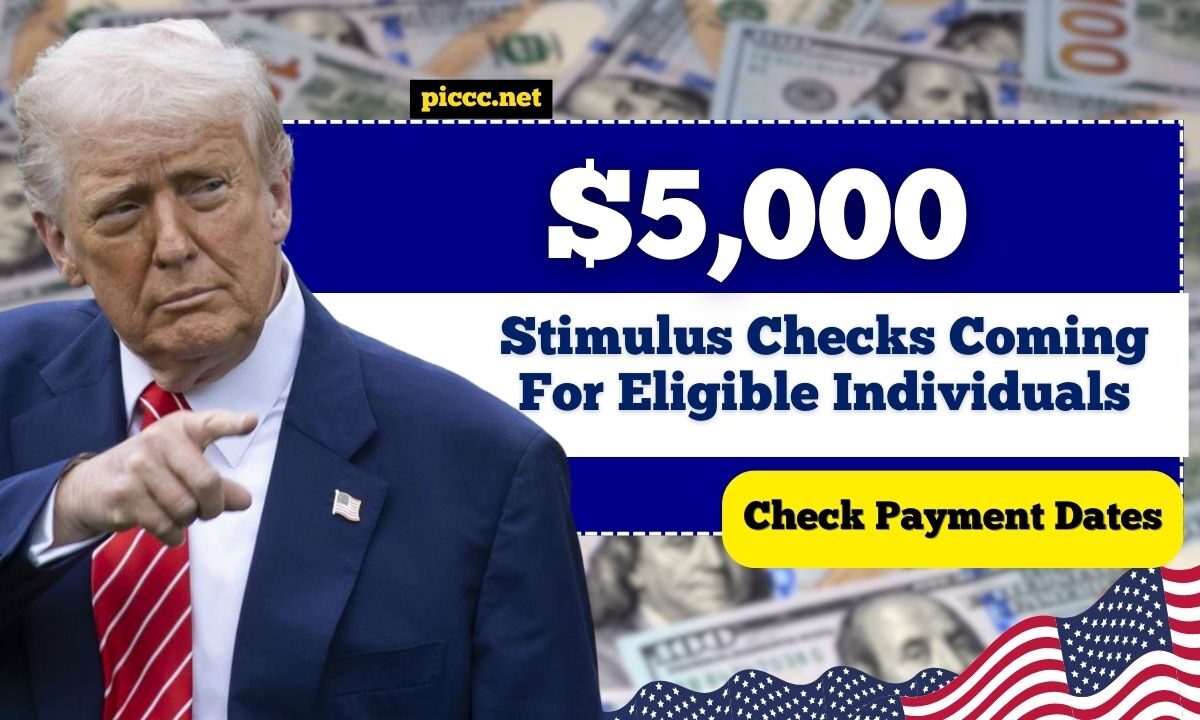In 2025, the U.S. government is preparing to deliver one of the largest direct relief measures in recent years—$5000 stimulus checks.
Unlike earlier broad-based stimulus programs, this initiative is targeted to ensure that the people most impacted by financial challenges receive timely support.
With inflation, rising healthcare costs, and ongoing economic uncertainty continuing to affect households, this program has been carefully designed to ease burdens for lower-income families, individuals with heavy medical bills, and caregivers.
Understanding the $5000 Stimulus Checks
The federal relief program is not a universal payout. Instead, it focuses on providing substantial financial assistance to select groups of Americans who are struggling the most.
- Payment Amount: Each eligible individual may receive a one-time payment of $5000.
- Program Type: This is not a recurring payment but a lump sum relief check.
- Purpose: The initiative aims to stabilize households facing economic hardship and give families a chance to catch up on pressing expenses.
This makes the 2025 stimulus program different from the previous rounds of payments distributed during the pandemic, which were largely universal.
Why This Stimulus Matters in 2025
The announcement of $5000 stimulus checks comes at a time when many Americans continue to face:
Rising cost of living – Food, housing, and energy prices remain high.
Medical expenses – Families dealing with chronic illness or unexpected medical emergencies often face financial strain.
Dependents care – Parents, guardians, and caregivers require additional support to meet the needs of children, elderly family members, or disabled dependents.
By focusing on these vulnerable groups, the government aims to reduce financial stress and stimulate spending in local economies.
Who Is Eligible for the $5000 Stimulus?
Eligibility for this program is narrower than previous stimulus checks, making it important for individuals to review the requirements carefully. Based on federal guidelines, the following groups are expected to qualify:
- Low-income individuals and households with annual earnings below a set threshold.
- Families with high medical bills that significantly reduce disposable income.
- Caregivers of dependents, including children, seniors, and disabled individuals who require daily support.
Key Points:
- Not every American will receive this payment.
- Income verification and expense documentation will likely be required.
- The program intends to bridge economic gaps, not provide universal aid.
How the $5000 Stimulus Differs from Previous Payments
Earlier stimulus checks—such as those issued in 2020 and 2021—were distributed broadly to almost all taxpayers. In contrast, the 2025 stimulus checks are more targeted:
| Feature | Past Stimulus Programs | 2025 $5000 Stimulus Checks |
|---|---|---|
| Payment Size | $1200–$1400 (on average) | $5000 one-time |
| Distribution | Universal for most taxpayers | Limited to select eligible groups |
| Focus | General economic boost | Relief for low-income, high-expense households |
| Verification | Based on tax returns | Income + hardship verification |
This shift highlights the government’s strategy of precision relief, directing funds only to those who need them the most.
Impact on Families and Communities
The direct injection of $5000 into struggling households can have several important effects:
- Debt relief – Families can use the funds to pay off medical bills, rent, or utility debts.
- Improved quality of life – Caregivers will have more resources to meet essential needs for their dependents.
- Local economic boost – When households spend the money, small businesses and community services benefit.
This targeted distribution model ensures that every dollar goes toward reducing financial pressure rather than being saved or invested by higher-income individuals who may not need immediate assistance.
How to Claim the $5000 Stimulus
While exact details may vary, Americans should expect a process similar to past relief programs:
IRS and Treasury coordination – Payments will likely be managed through the Internal Revenue Service (IRS).
Application or automatic distribution – Some individuals may receive the funds automatically if tax records already show eligibility, while others may need to submit additional documentation.
Direct deposit or mailed checks – Eligible recipients will either get payments directly into their bank accounts or receive paper checks.
To prepare, households should:
- File their 2024 tax return on time.
- Keep records of medical expenses and caregiving costs.
- Update banking information with the IRS if needed.
Potential Challenges and Criticism
No federal relief program is without debate. Critics argue that:
- A one-time $5000 payment may not be enough to solve long-term financial struggles.
- Administrative delays in verifying income and expenses could slow down distribution.
- Some struggling households may fall just outside the eligibility criteria.
Despite these concerns, the initiative is widely seen as a major step in targeted economic recovery.
The $5000 stimulus checks in 2025 represent one of the most significant federal relief efforts in recent years.
Unlike earlier universal payouts, this program is carefully targeted to ensure that low-income households, families burdened by medical bills, and caregivers receive the help they need.
For millions of Americans, this one-time payment could provide the financial breathing room required to stay afloat during difficult times.
By directing resources where they are most needed, the government aims not only to support individuals but also to strengthen local communities and stabilize the broader economy.
Frequently Asked Questions
Who will receive the $5000 stimulus checks in 2025?
The payments are reserved for low-income individuals, households with high medical expenses, and caregivers of dependents. Eligibility is not universal.
How will the $5000 stimulus be distributed?
Most payments will be handled through the IRS, either by direct deposit or by mailed paper checks. Some individuals may need to apply with proof of hardship.
Is the $5000 stimulus a recurring payment?
No. The program is a one-time relief initiative, not a monthly or yearly benefit.

